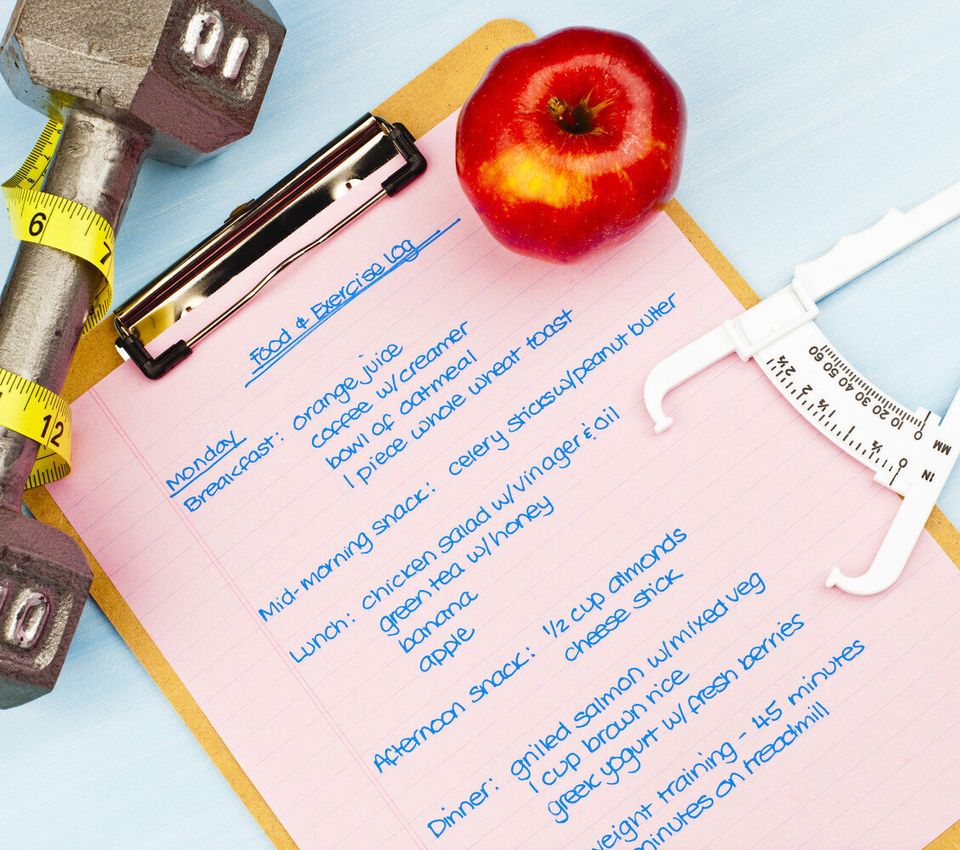Exercising or generally eating well is a healthy pursuit, but if you truly want to make progress, monitoring what your regimen entails and marking milestones along the way will help you continue on the path to well-being. The measures and strategies to keep you on the right path call for little effort, but offer big rewards.
Use a journal or an app to track your diet and exercise
According to the National Weight Control Registry, most people who are successful in keeping their weight down record what they eat. One study conducted at the Fred Hutchinson Cancer Research Center found that women who kept a food journal lost six pounds more than those who did not. The same goes for your fitness routine. Also, in a study published in the Archives of Internal Medicine, mobile apps (used in combination with telephone coaching and a doctor-directed program) were found to boost short-term weight loss. You can carry your own personal trainer in your pocket!
Pay attention to how your clothing fits
This is a consistent and easy-to-remember way to keep track of your fitness goals: the fit of your clothes. It can be your jeans, a swimsuit, or a dress you have for a party. When you try them on, you’ll know.
Keep realistic track of your weight goals
Although weighing yourself often is often what many of us use as a measure of our fitness, it can be deceiving since your body composition may be changing, but it won’t be reflected in a smaller number on the scale. That said, in a study conducted at Drexel University, regularly monitoring one’s weight was shown to contribute to successful weight loss. By frequently stepping on the scale, it seems that we can catch any weight gain and make adjustments before it snowballs into packing on even more pounds.
Do the math to keep track of your progress
If living a long and healthy life is a priority, break out that calculator and a measuring tape and keep an eye on both your BMI and WHtR. In study findings presented in 2012 at the 19th Congress on Obesity, researchers found that waist to height ratio (WHtR) is a better predictor of heart disease and diabetes risk than BMI (which is a ratio of your weight in kilos to the square of your height in metres). The ideal WHtR for increasing your life expectancy is when your waist circumference is less than half your height.
Chart the ups and downs of your energy levels
Make note of your energy levels in your journal or app, too, because you can do too much fitness and it’s important to keep an eye on that. Pay attention to whether you feel yourself fading in energy in the middle of the day, and giving your body proper rest and recovery if you are finding yourself feeling sluggish. On the other hand, take notice when your endurance levels rise; that’s progress!
Keep your doctor in the loop
Your doctor can be a valuable resource in maintaining your good health. They can look at your history and risk factors. The Center for Disease Control suggests asking for a follow-up appointment so that any changes in your health status can be monitored.
